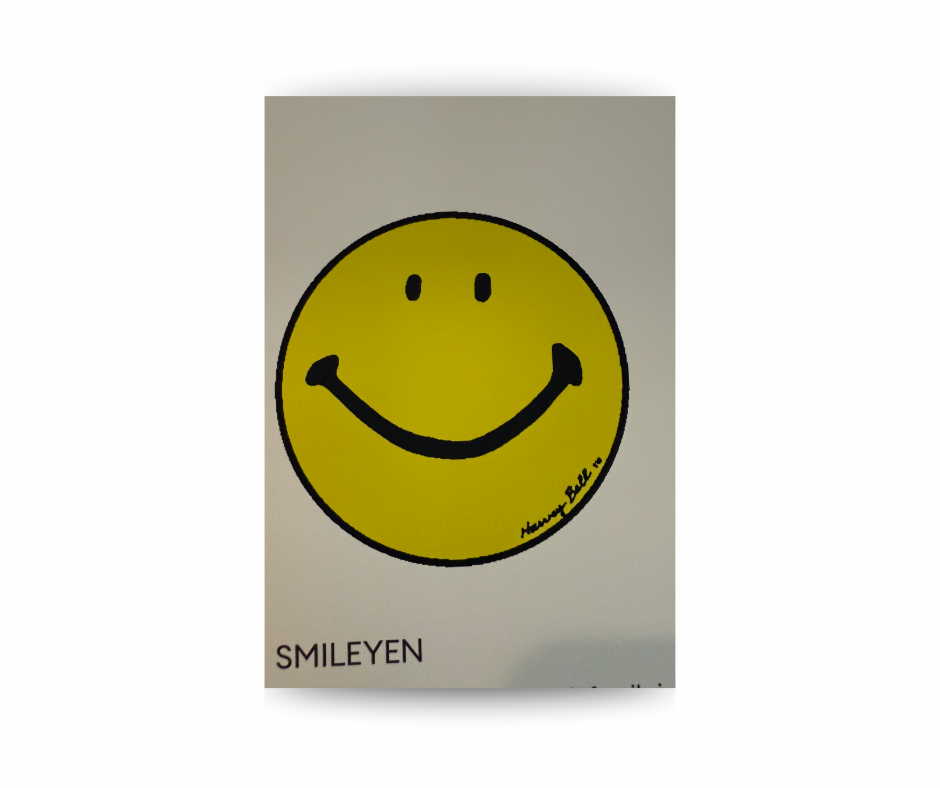What the Happiness Museum Made Me Think About
- Alison Friedman
- Sep 30
- 2 min read

When Scott and I recently visited Copenhagen, we spent an afternoon at the Happiness Museum and it surprised me how much what I learned there has stayed with me. I keep thinking about it.
I was curious about why I’ve always heard that people from Denmark, Finland, and Sweden are among the happiest in the world. The museum explores the science and social factors behind happiness: things like trust in government and neighbors, the value of work-life balance, and how people in Denmark feel about their famously high taxes.
One display really stuck with me: it said that people in the Nordic countries may be happy not despite the high taxes but because of them. Their taxes fund universal health care, education, childcare, and elder care so families feel secure knowing that if something happens, they and their loved ones will be supported.

Another fascinating exhibit explained that Denmark’s system even helps people who want to change jobs. Workers who are members of an unemployment insurance fund called an a-kasse can receive benefits, known as dagpenge, during periods of unemployment or career transition if they meet certain criteria. The country also offers training and career-counseling programs to help them re-enter the workforce. It struck me how much less stressful changing jobs must feel when you know there’s a safety net in place.
I was also intrigued by the “lost wallet” experiment. Researchers placed wallets containing a small amount of money in public places in dozens of countries to see if they’d be returned. Surprisingly, in 38 out of 40 countries, wallets that had money inside were actually more likely to be returned than those without money. Denmark ranked among the most honest, reflecting a culture of trust that the museum highlighted as a key factor in overall happiness.
While reflecting on all of this, I realized that during my three days in Copenhagen I didn’t see a single person who looked overweight. It was pretty astounding. It made me wonder: are healthier people happier, or are happier people healthier? Are they healthier because cars are so heavily taxed that most walk or bike everywhere? Does the 25% tax on food and alcohol influence people to be more mindful about what they buy and eat? And if health care is free for everyone, does that whole system end up working better because the government is caring for a generally healthier population?
Another thing that stood out was the hygge culture we kept encountering. Hygge (pronounced “hoo-gah”) is the Danish art of slowing down and creating a cozy, welcoming atmosphere... enjoying simple pleasures like good coffee, candlelight, and unhurried moments with friends and family. We saw it in little things like people pausing their day to sit outside at a café, enjoy a cup of coffee, and talk with friends or coworkers. There was no rush to grab it to-go. It felt intentional, a small daily ritual of slowing down and connecting. That atmosphere of warmth, comfort, and togetherness seemed to be as much a part of their happiness as any policy.

It was eye-opening, and I left wondering what small changes personally and as a society we can make to create more of that sense of security, trust, balance, and simple daily connection in our own lives.







Comments